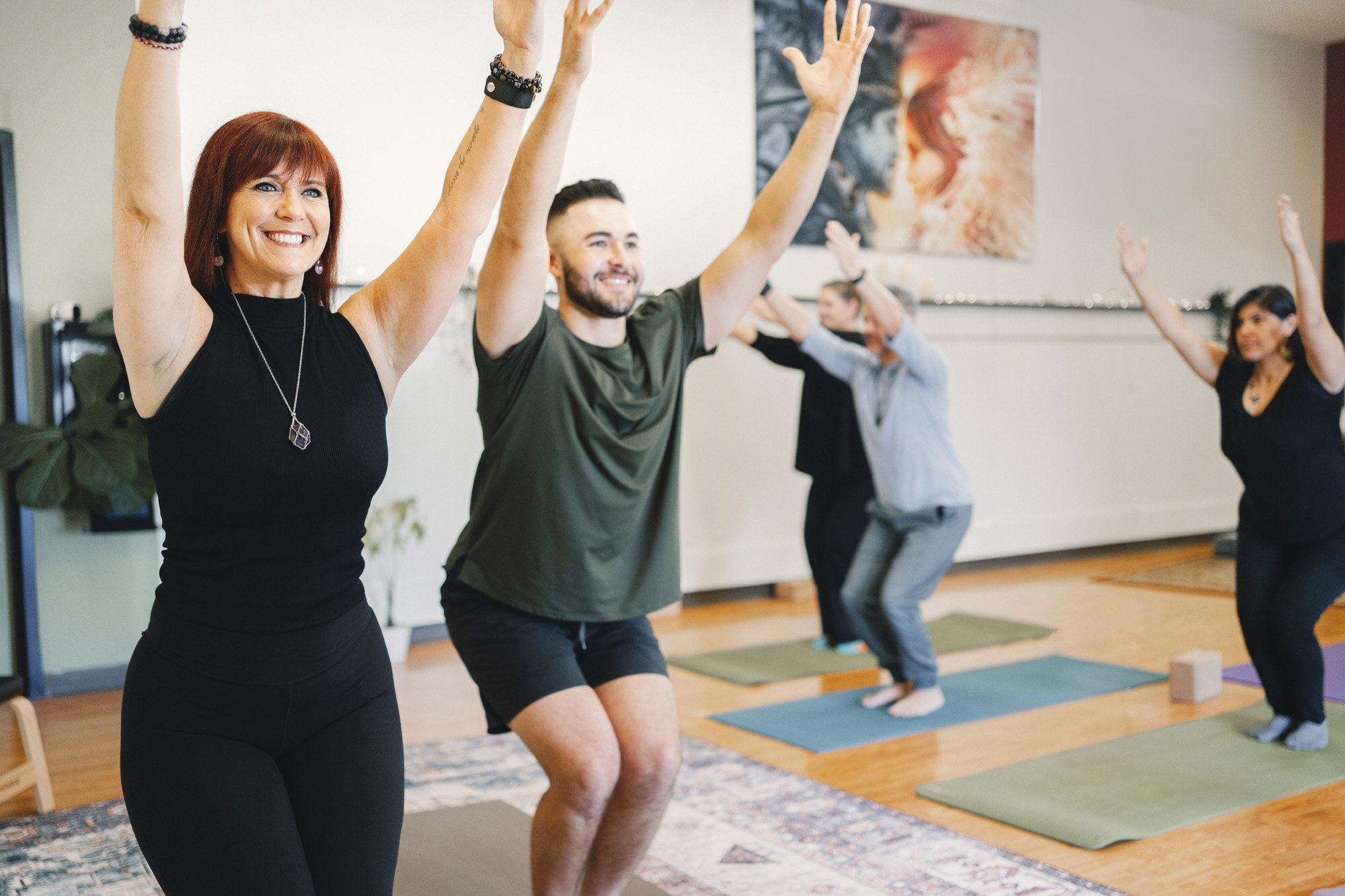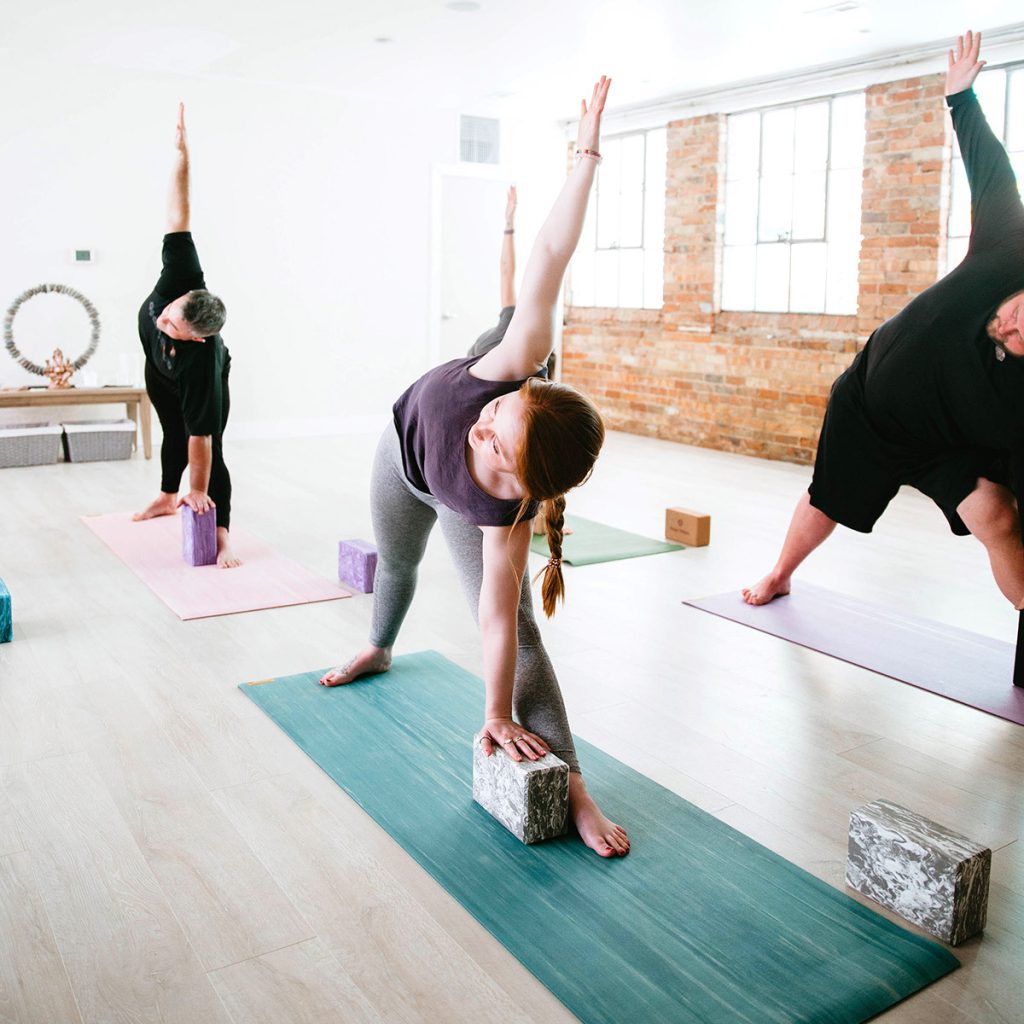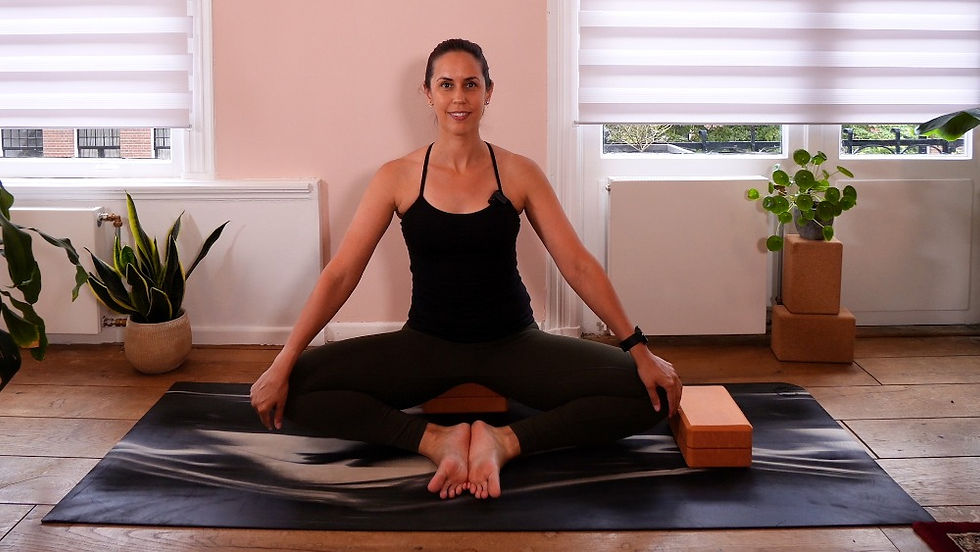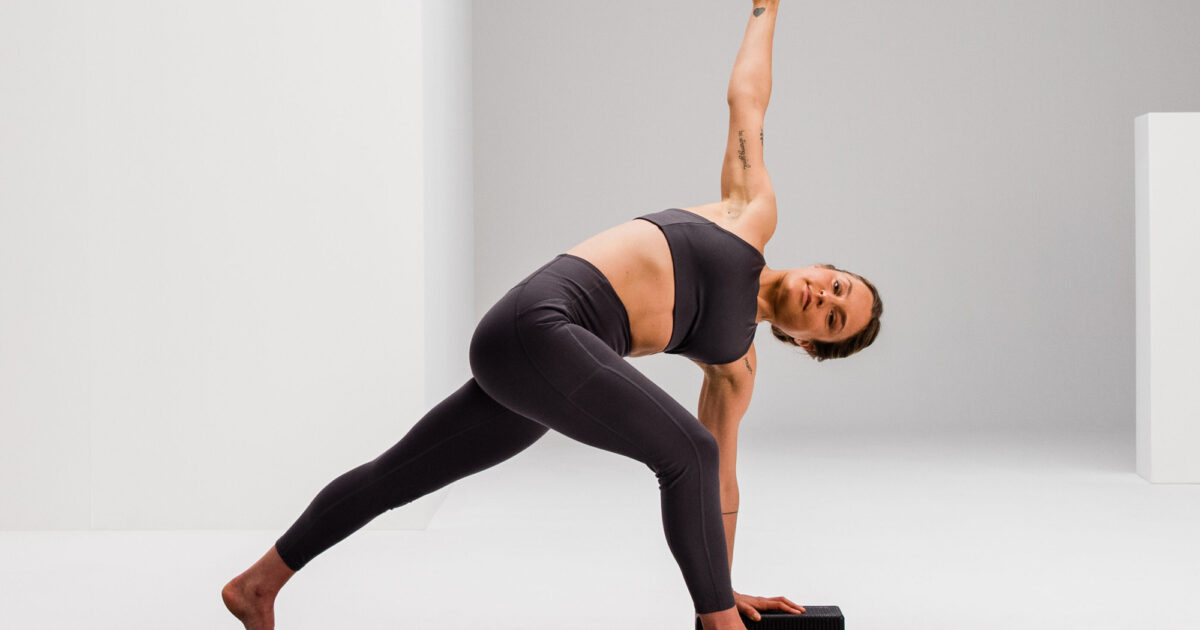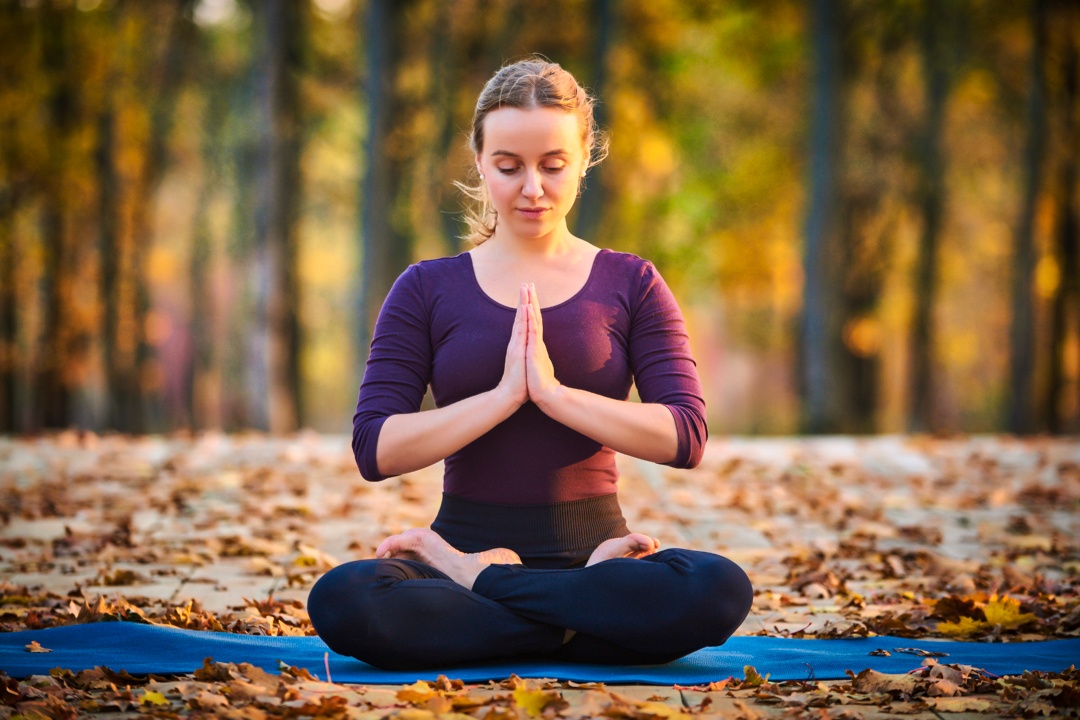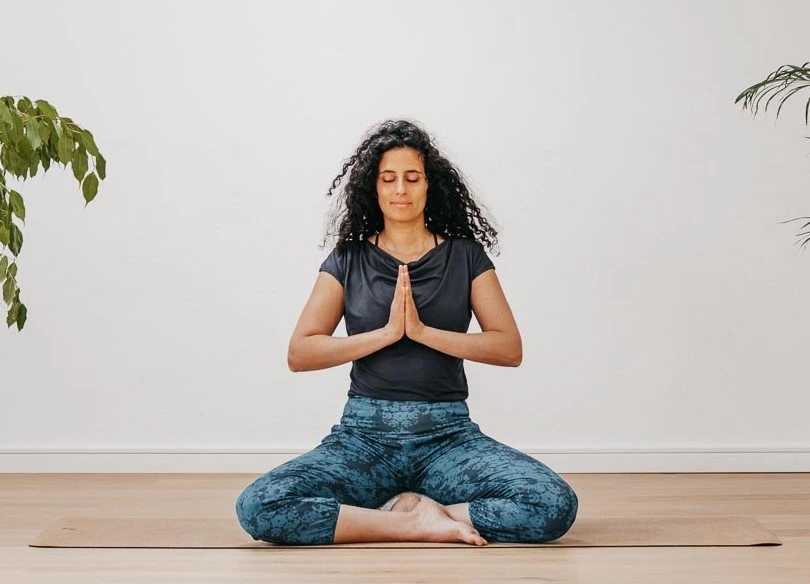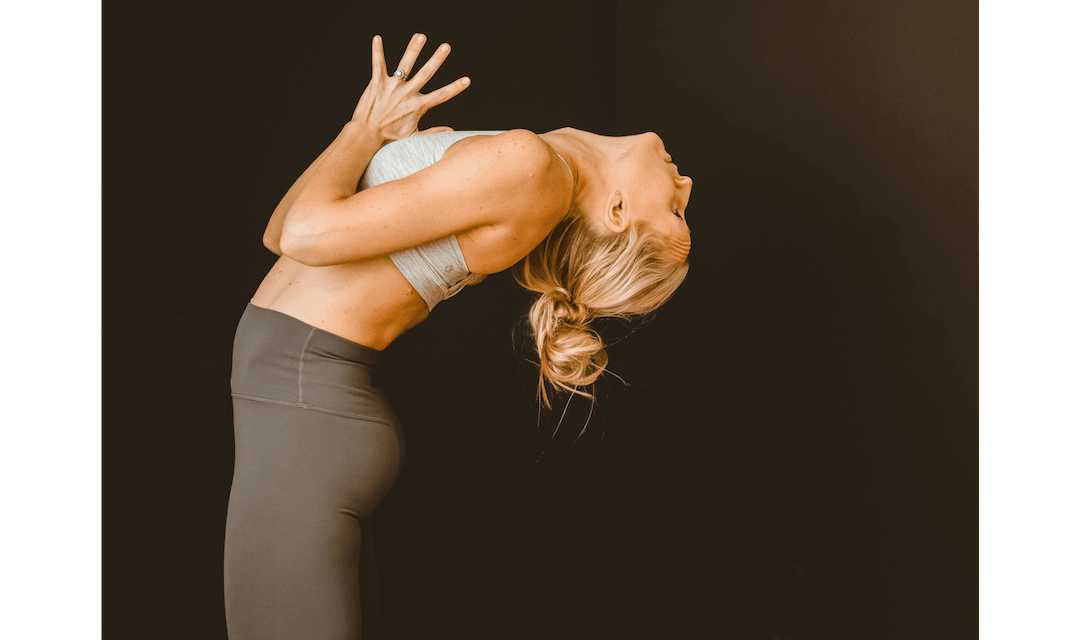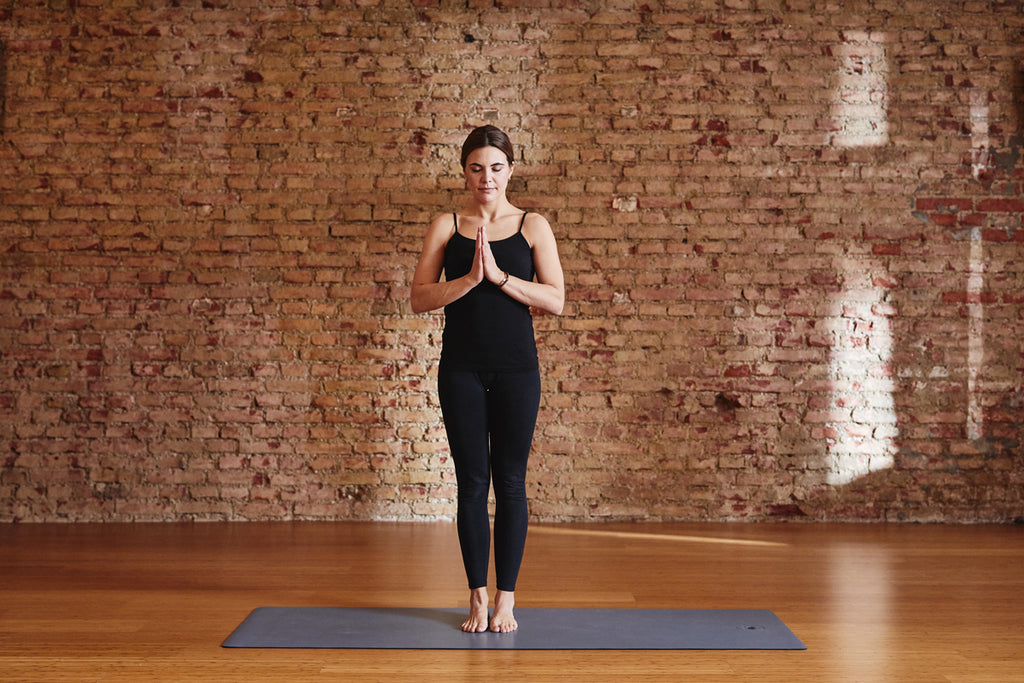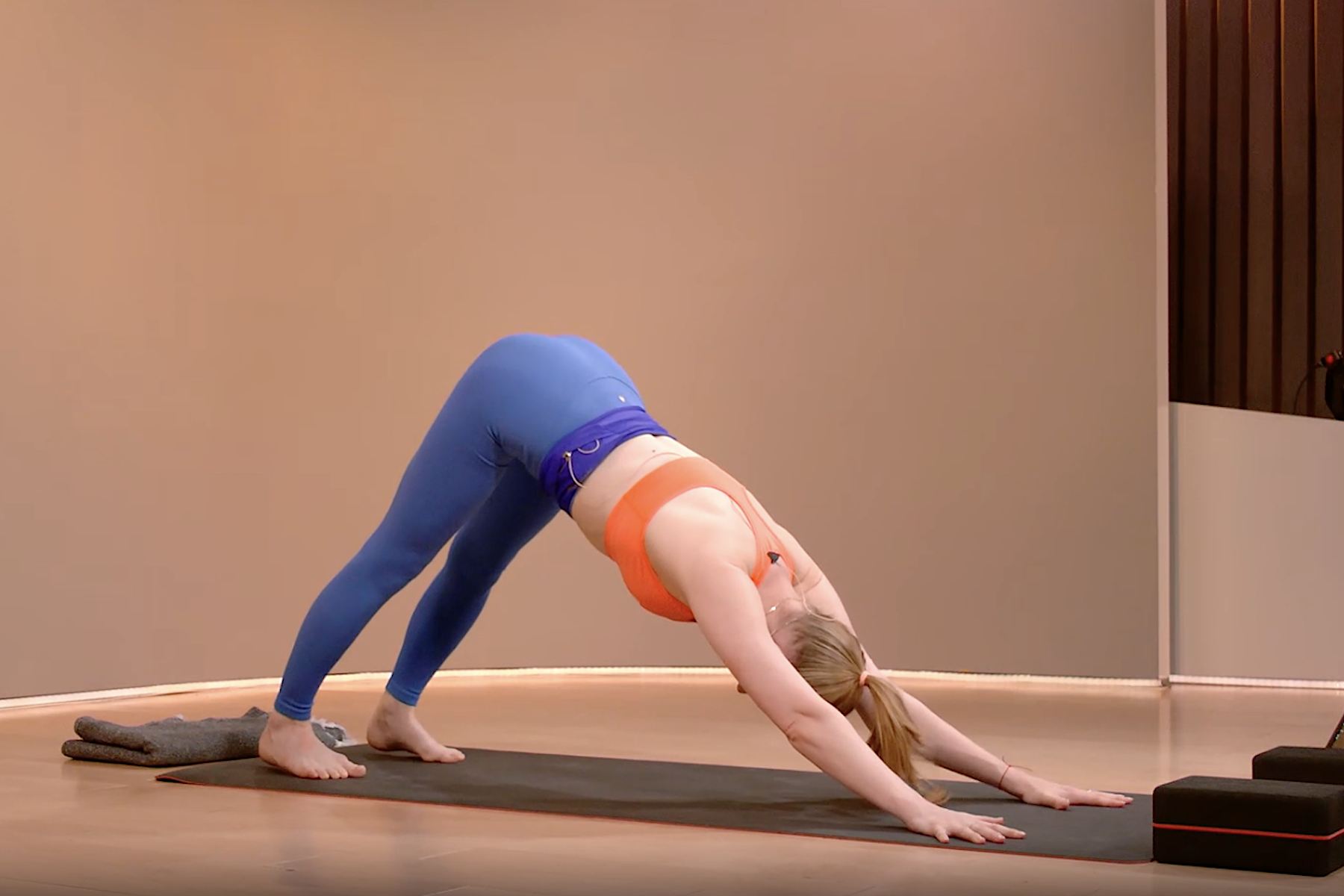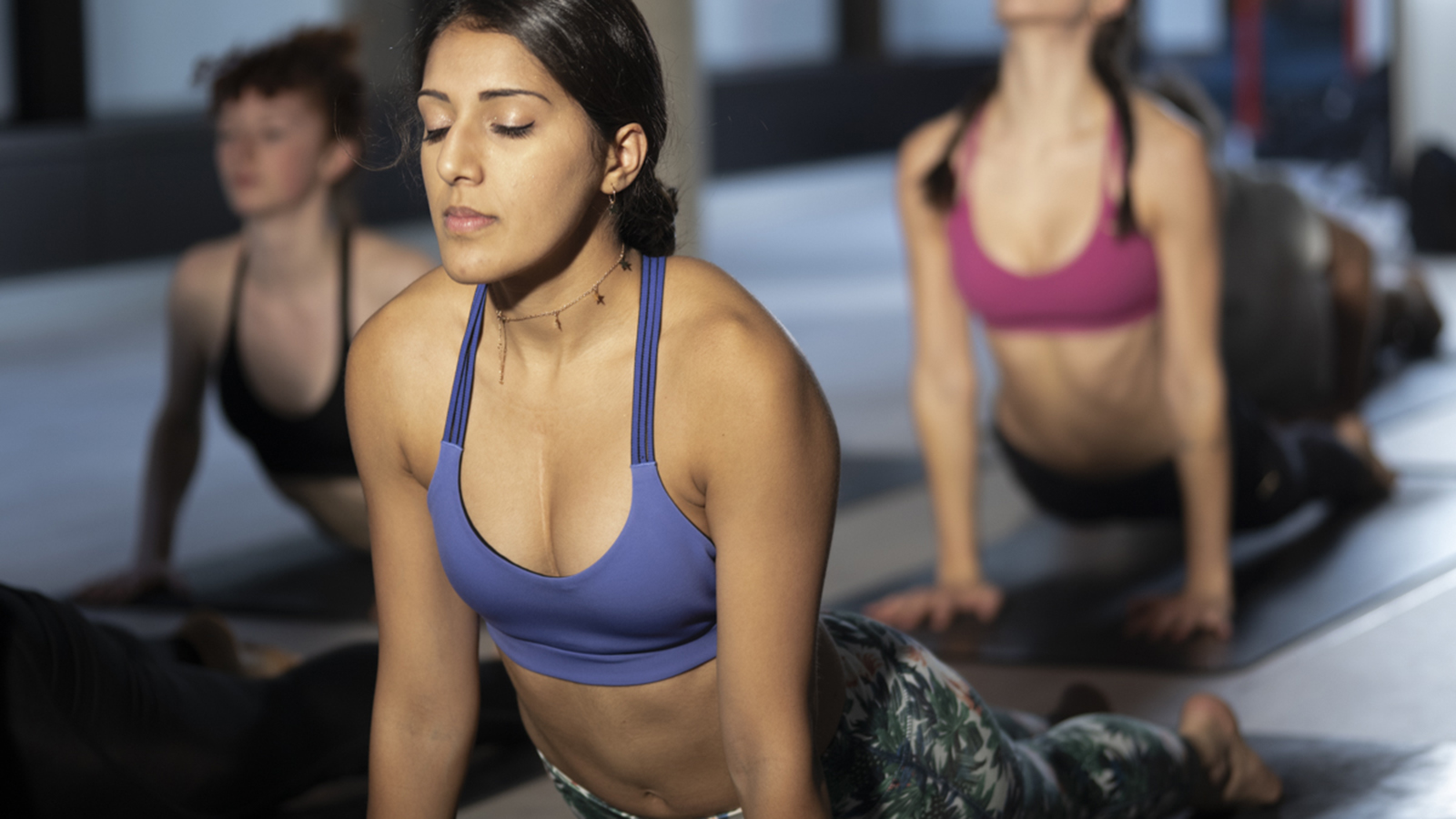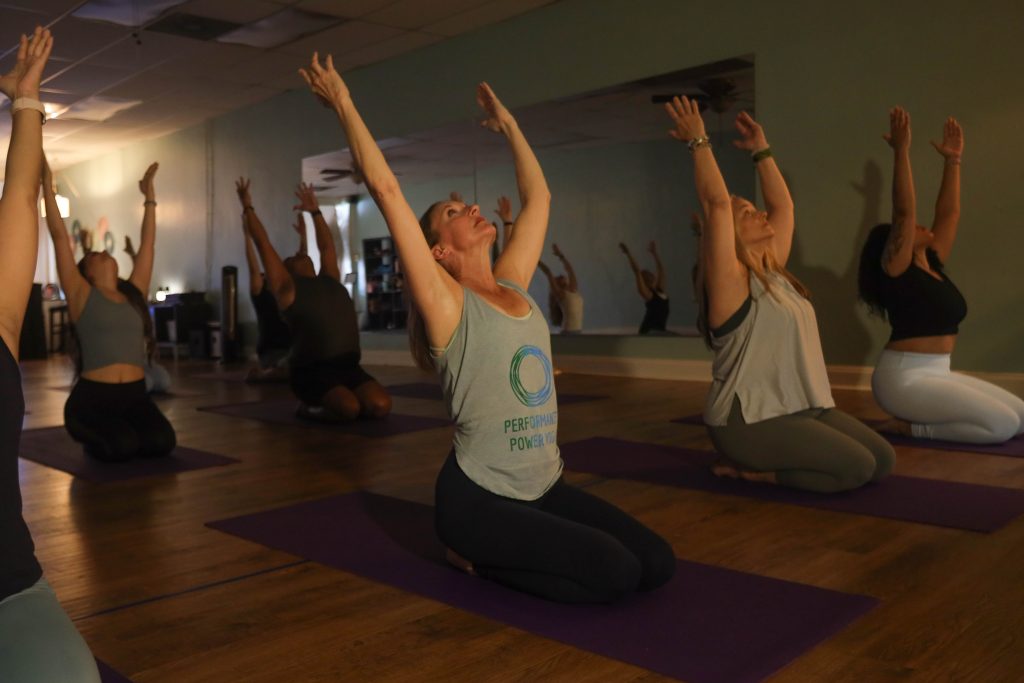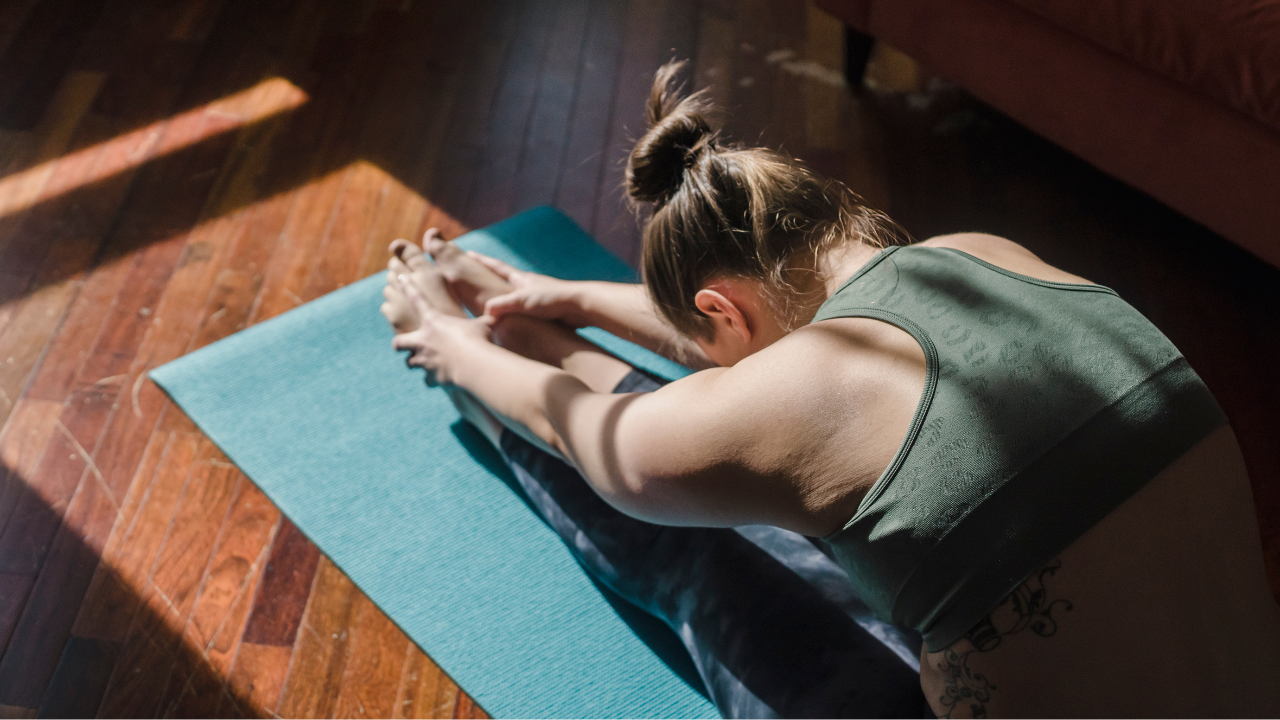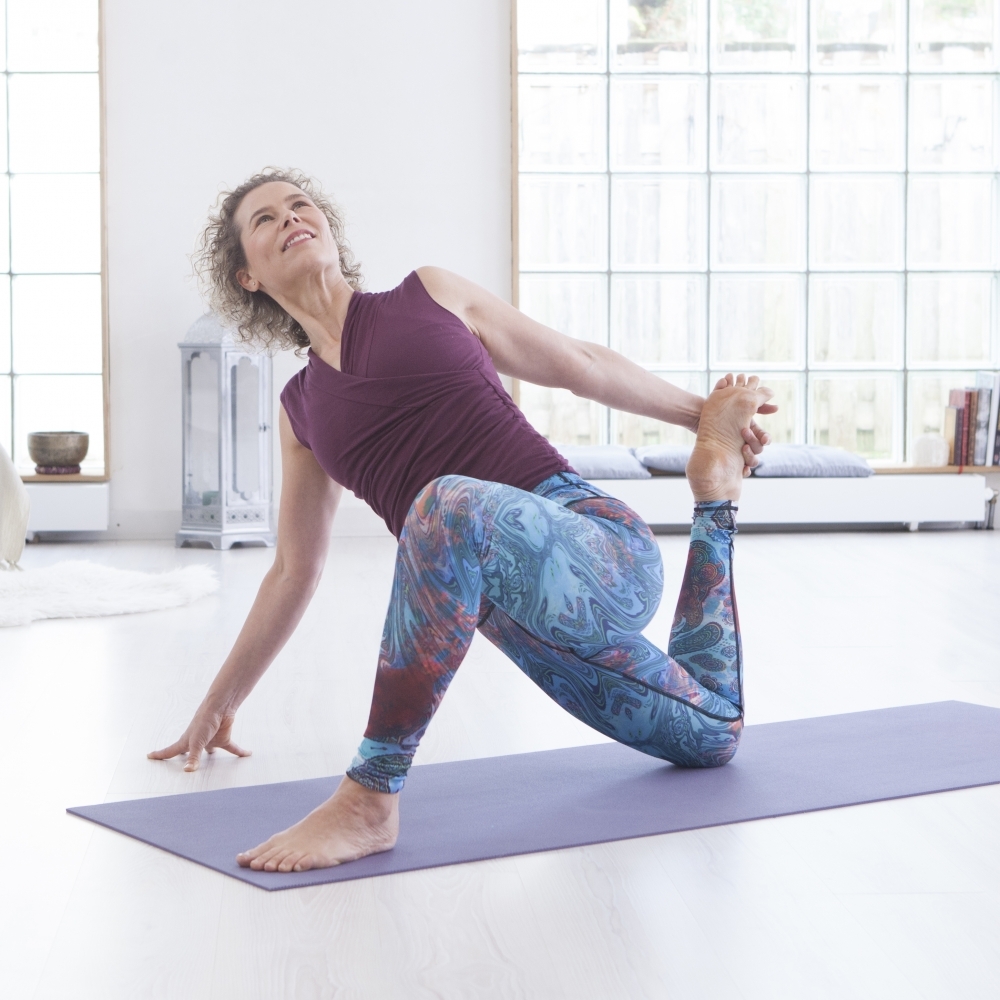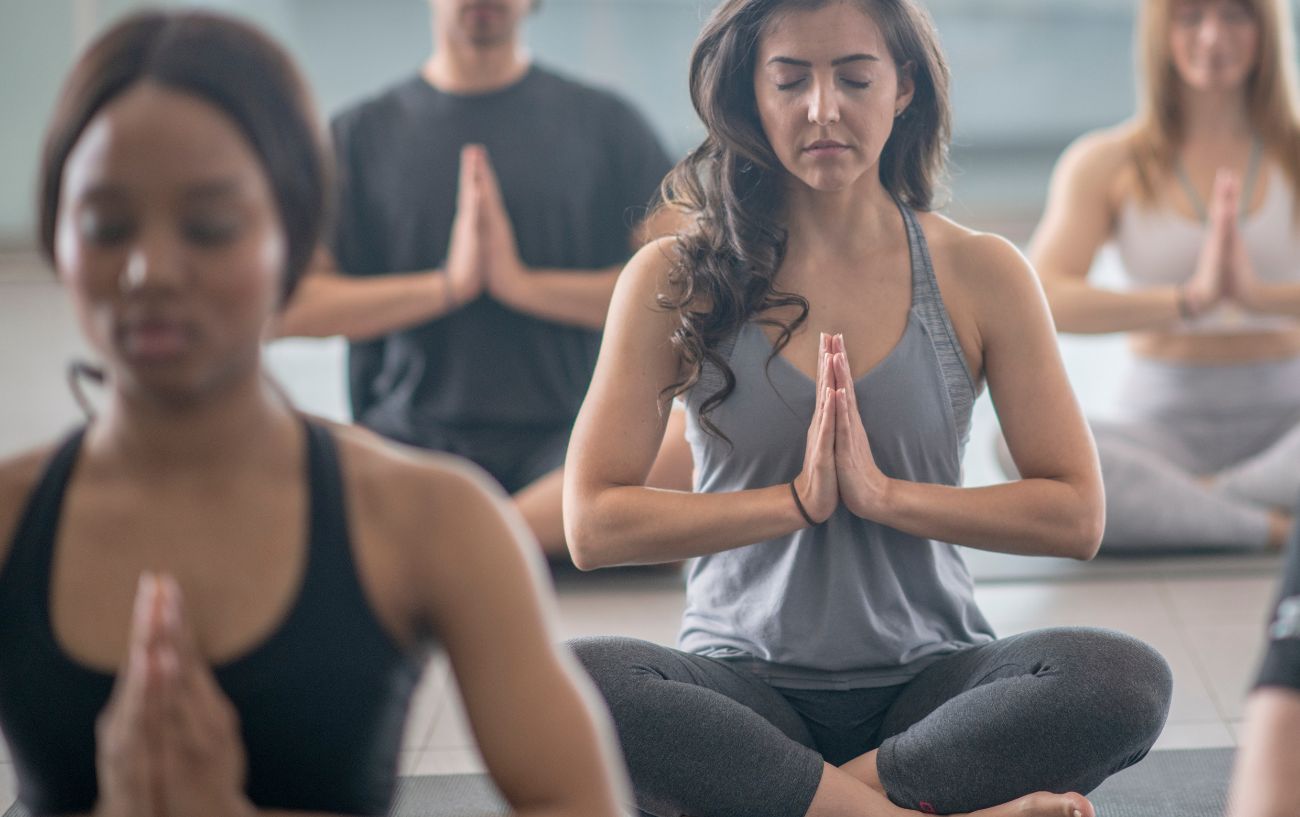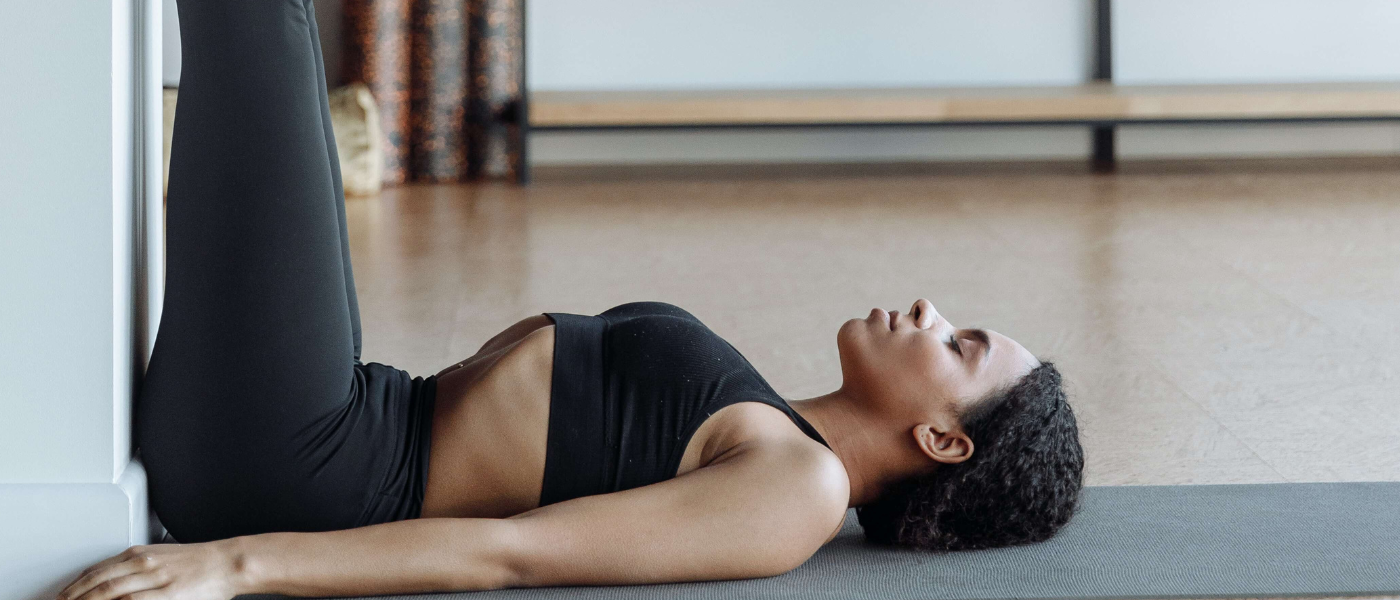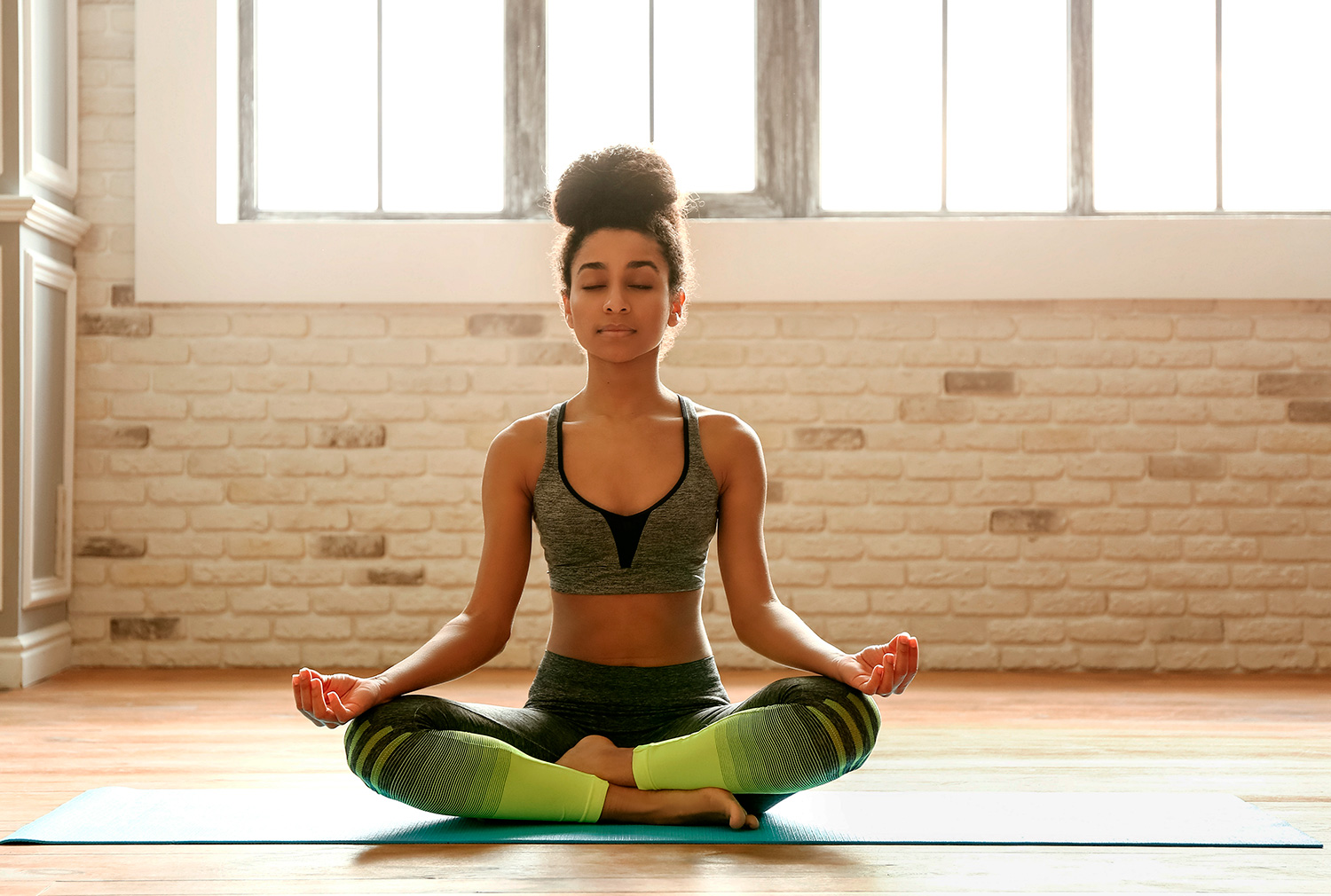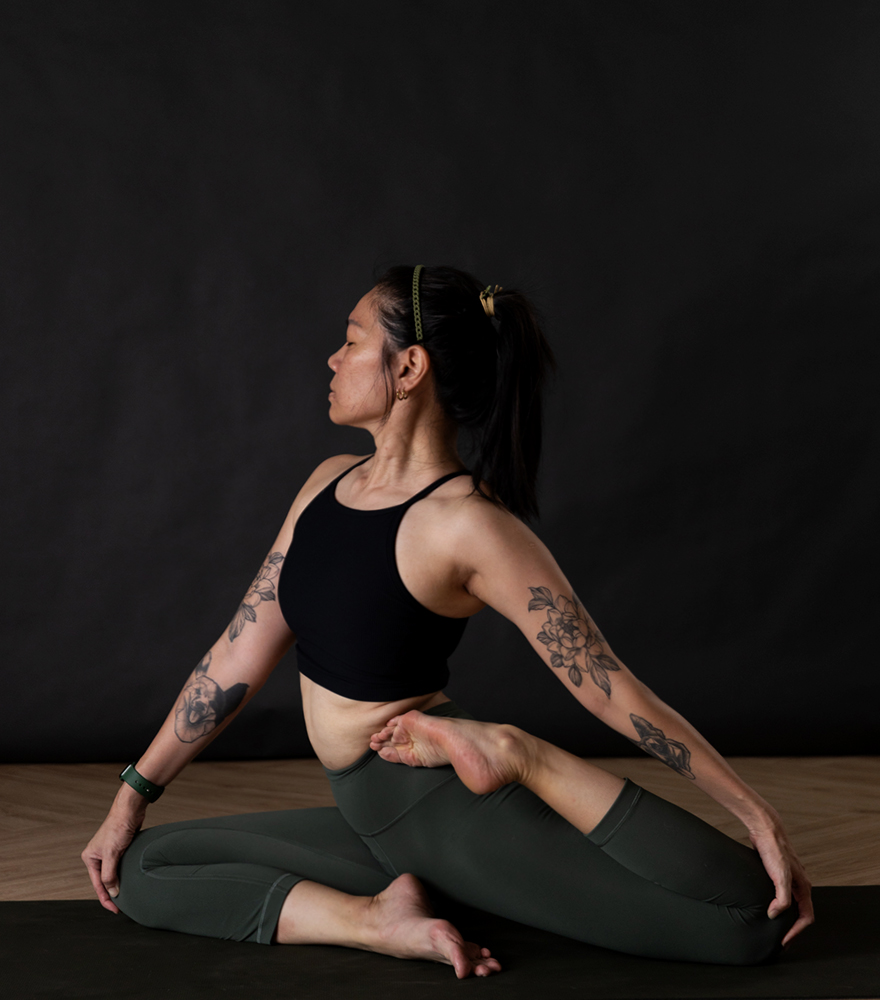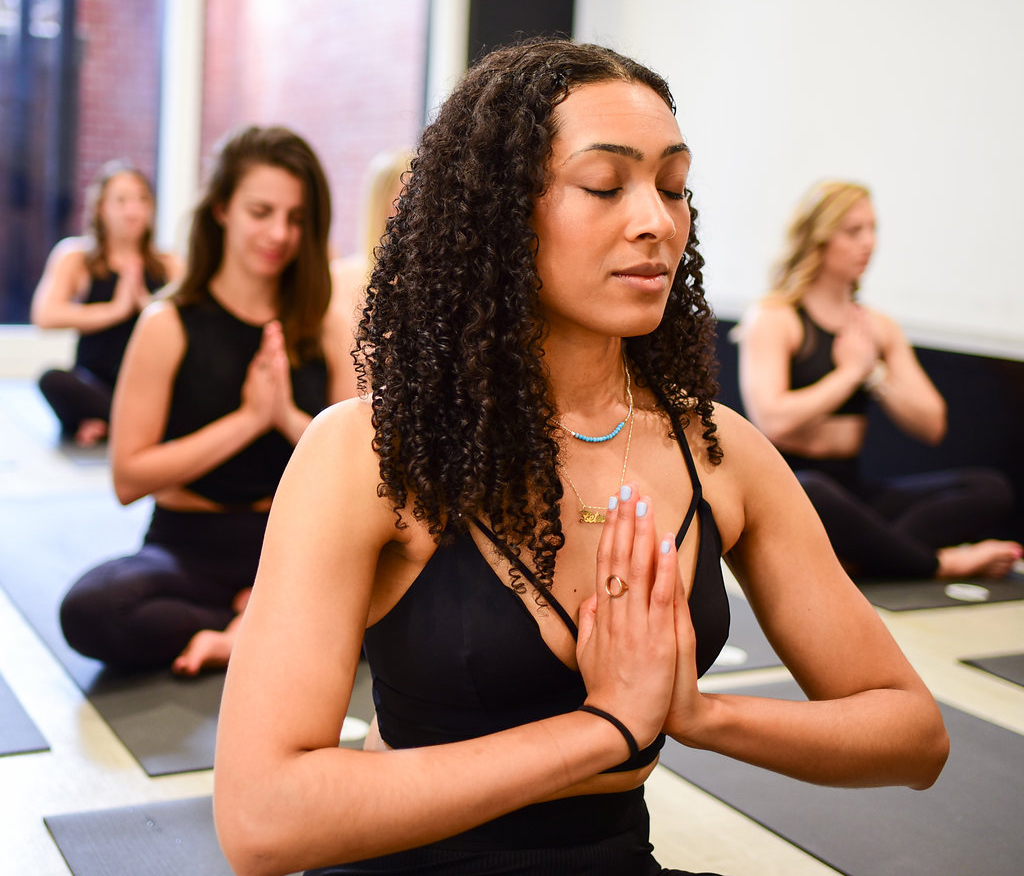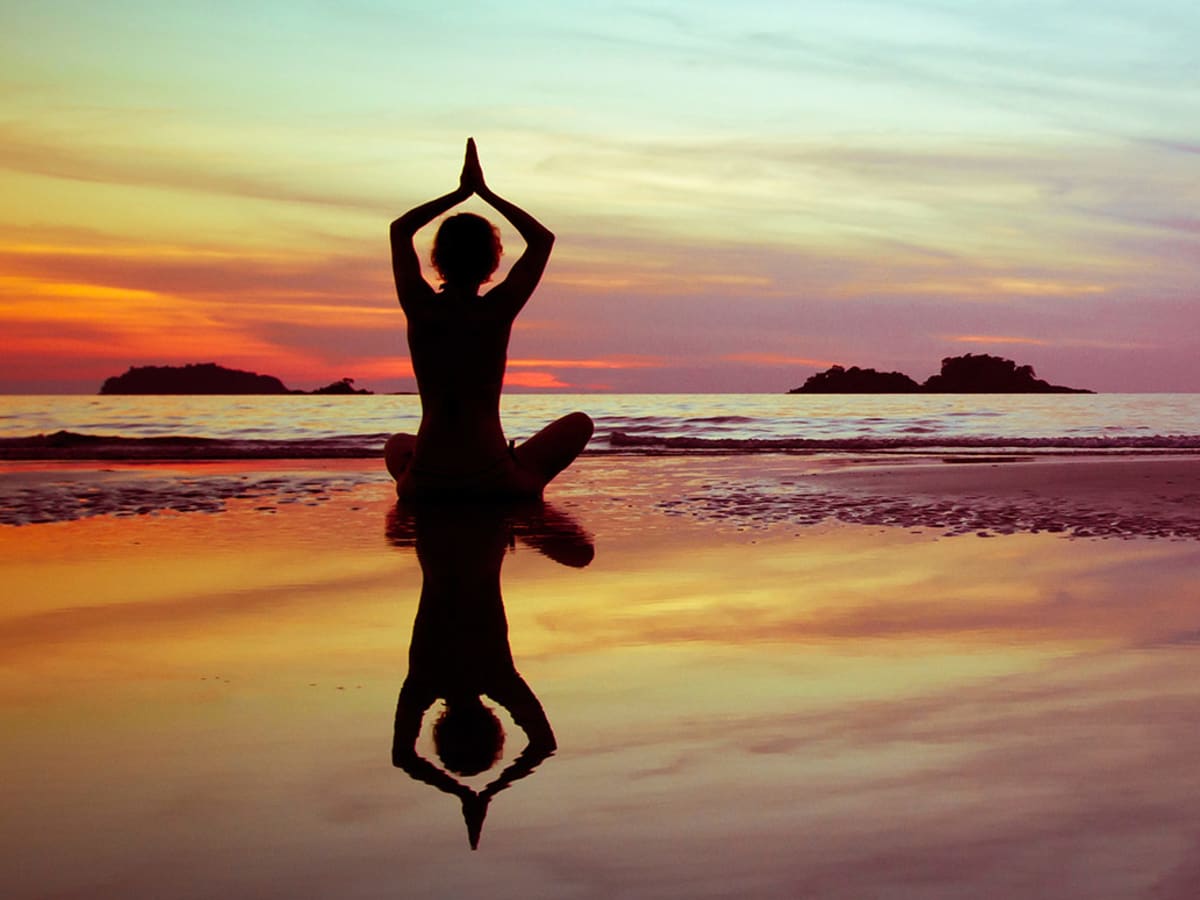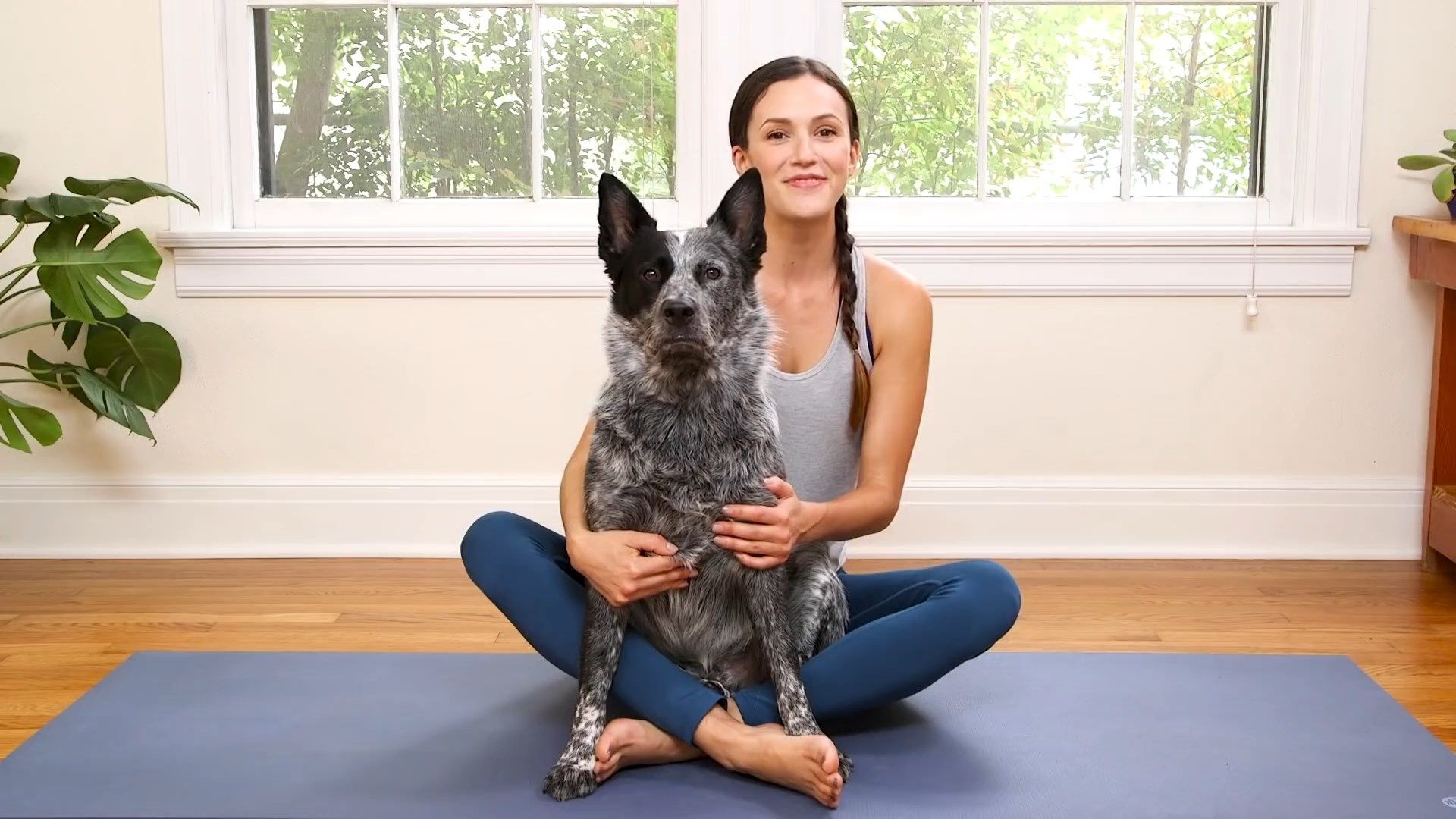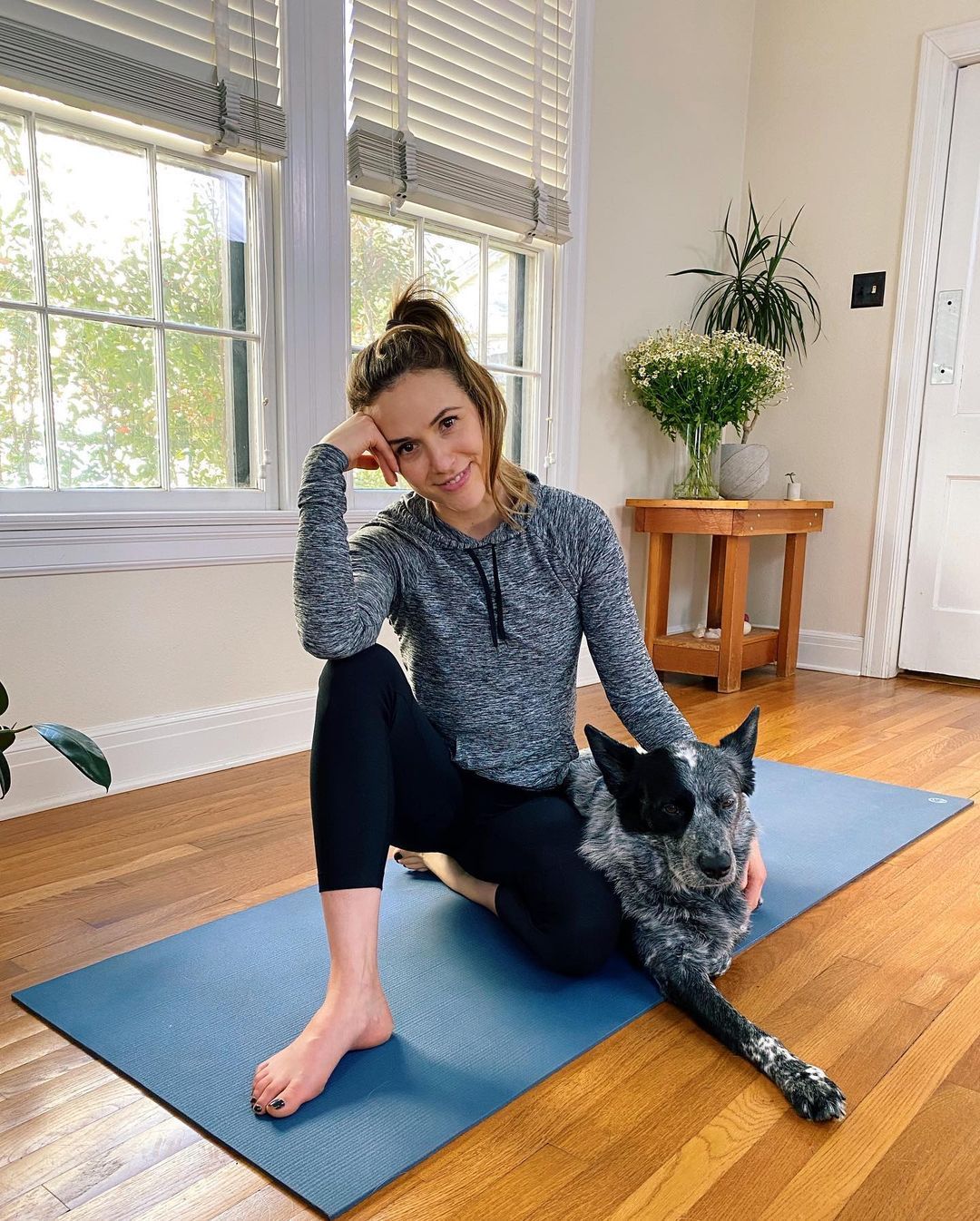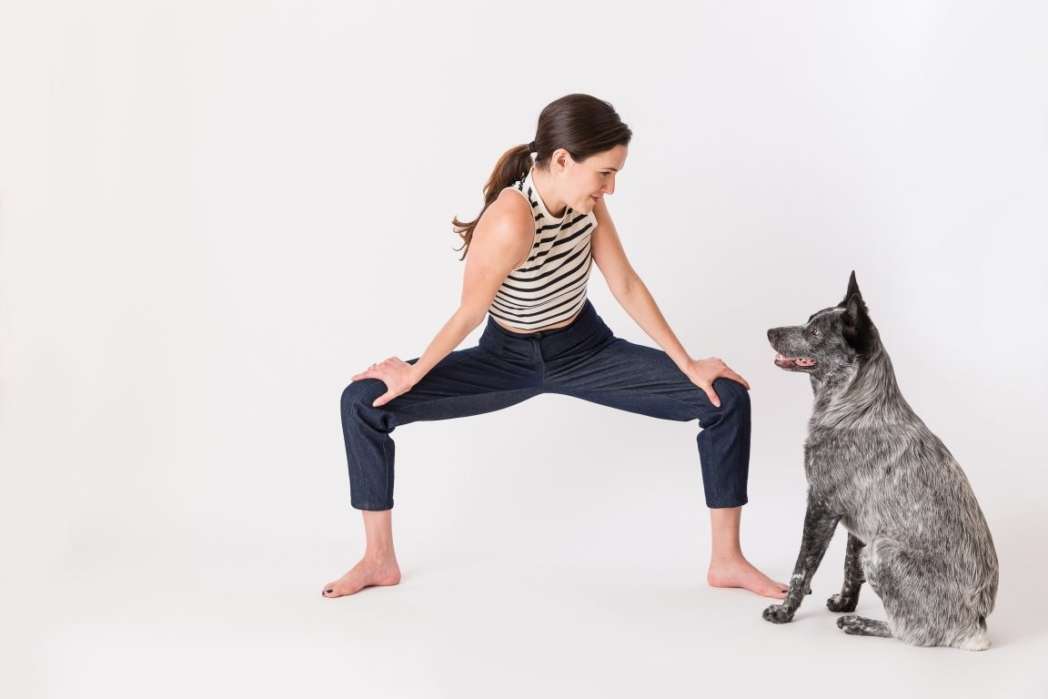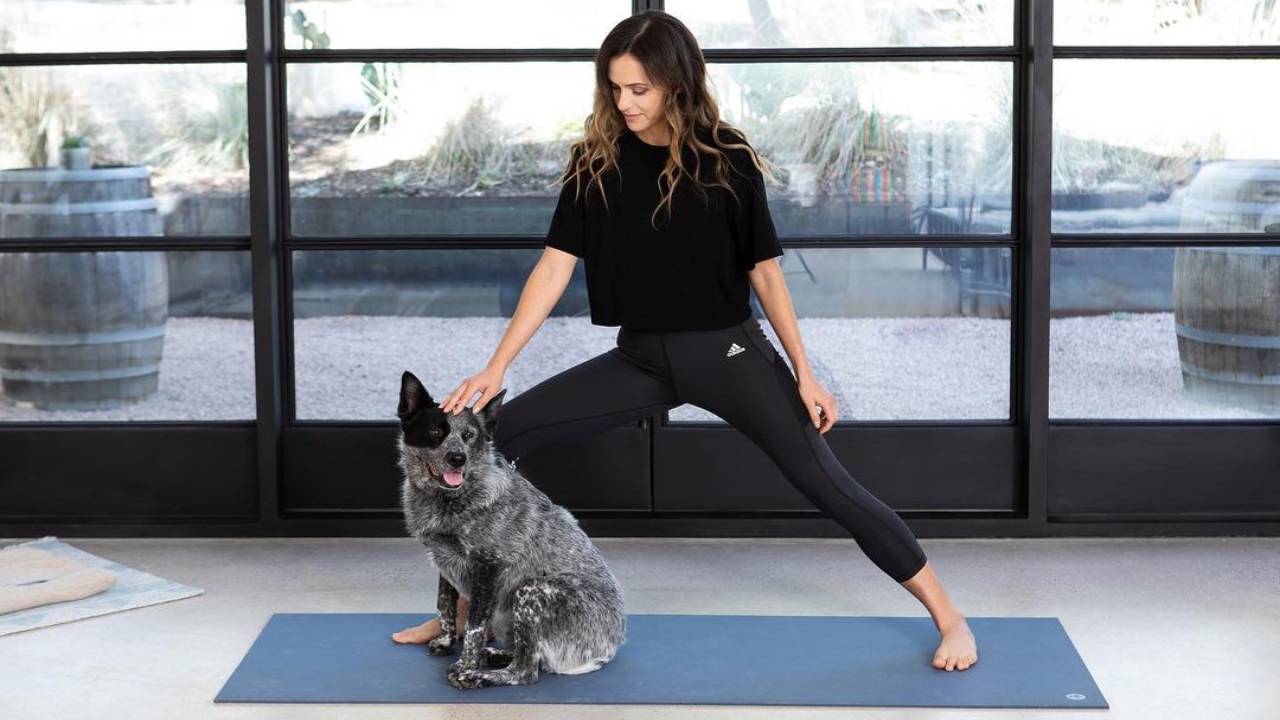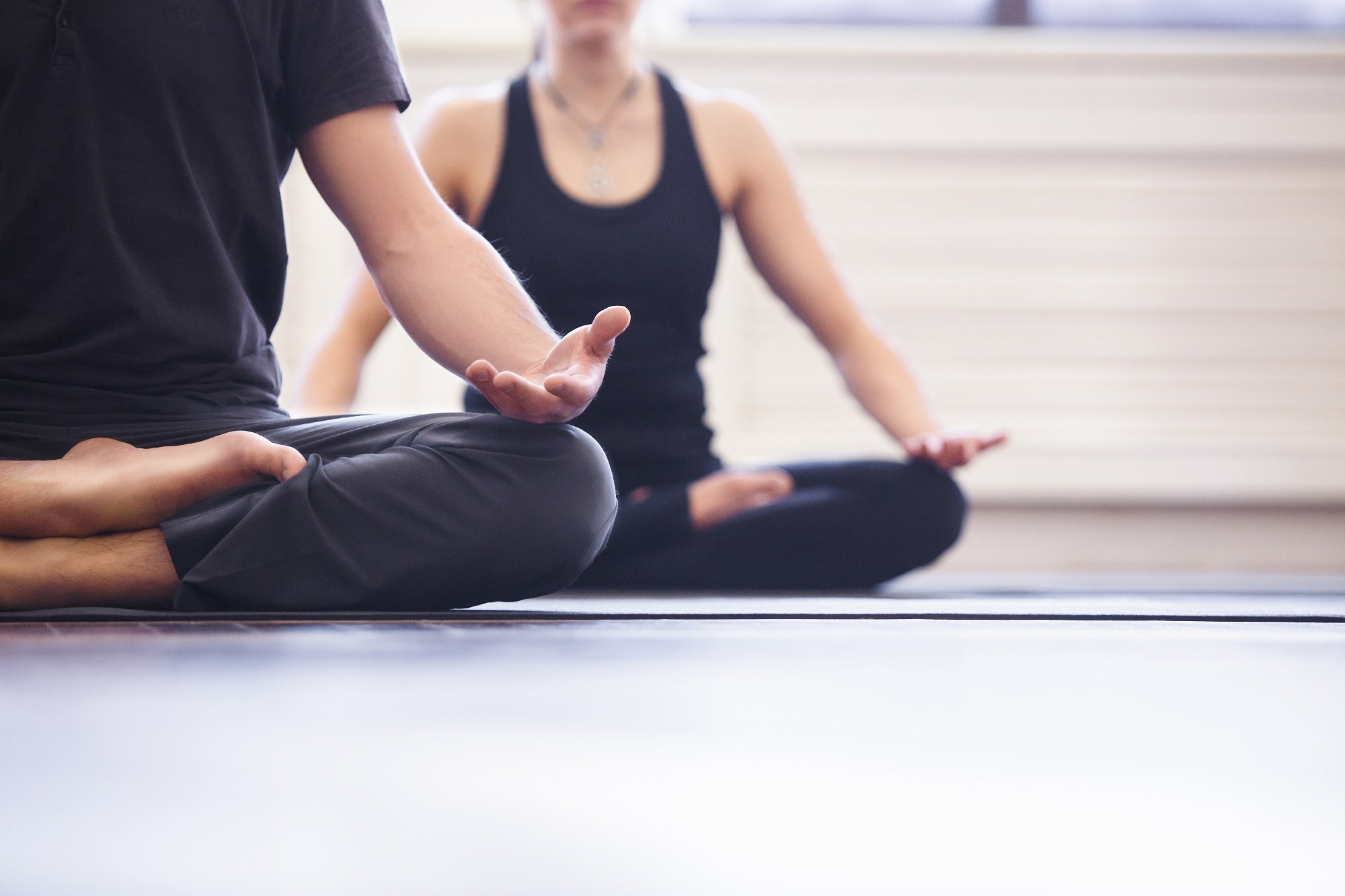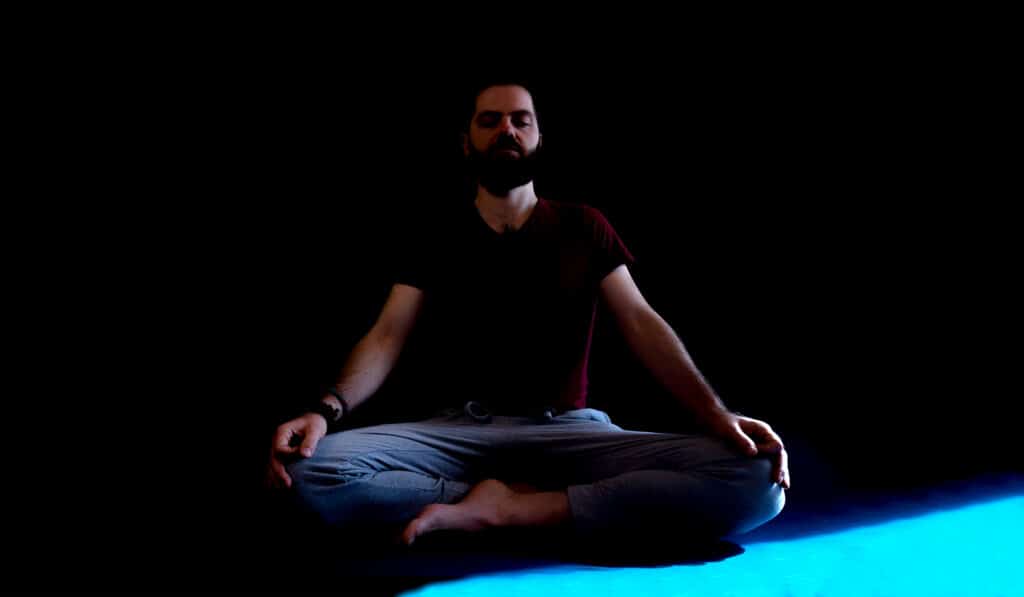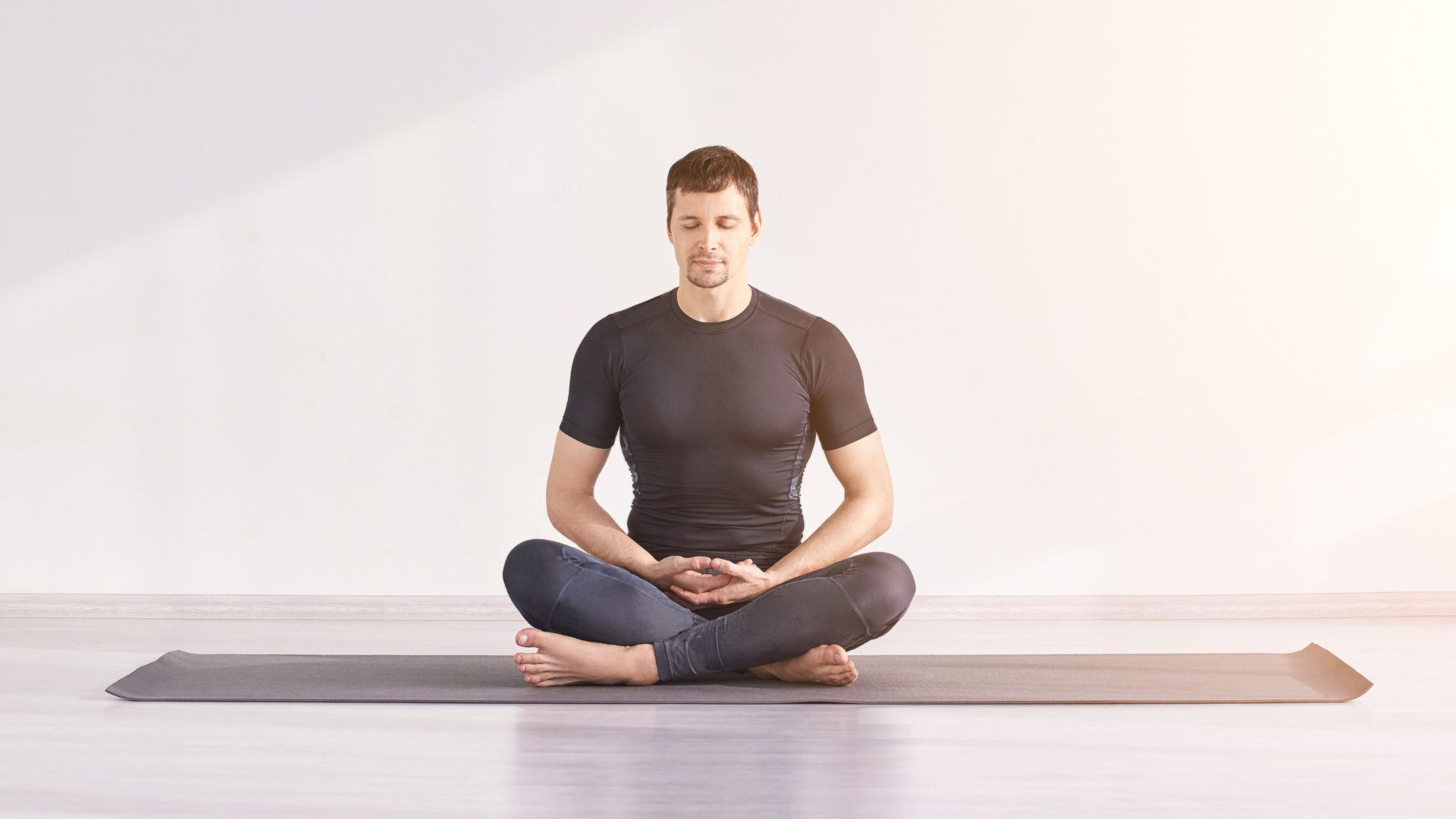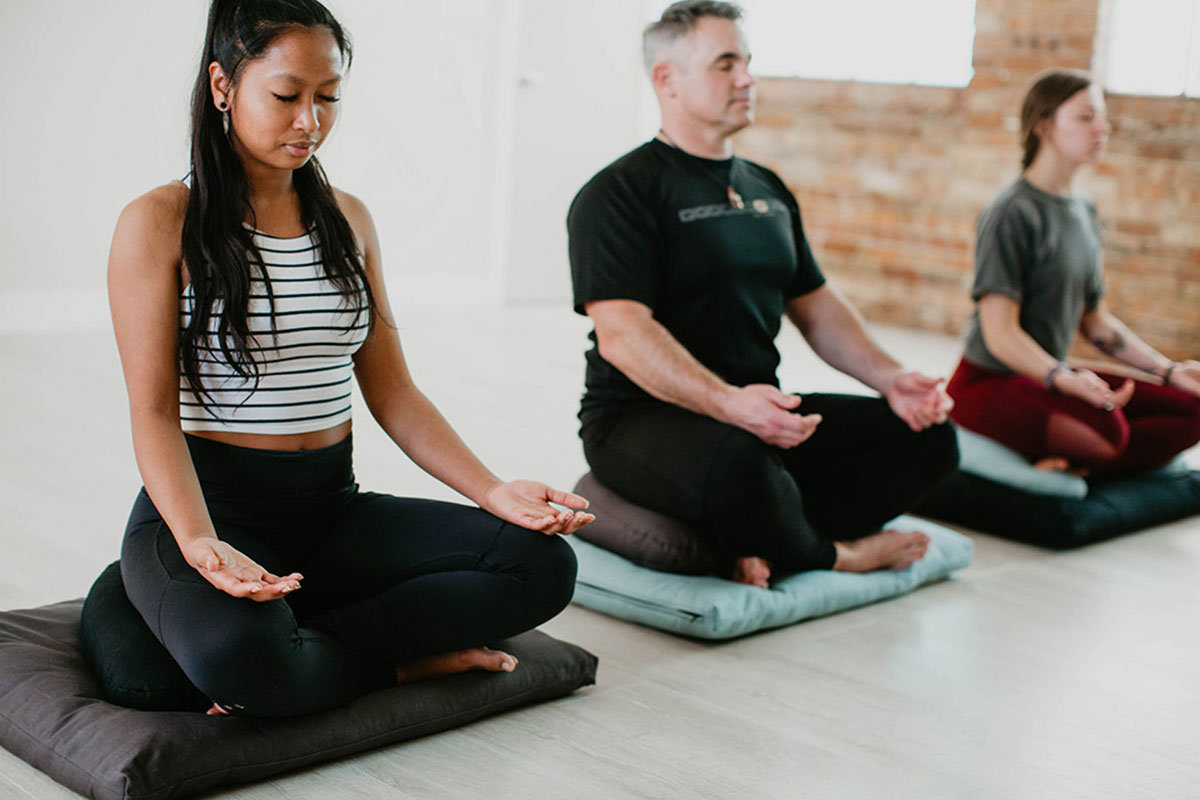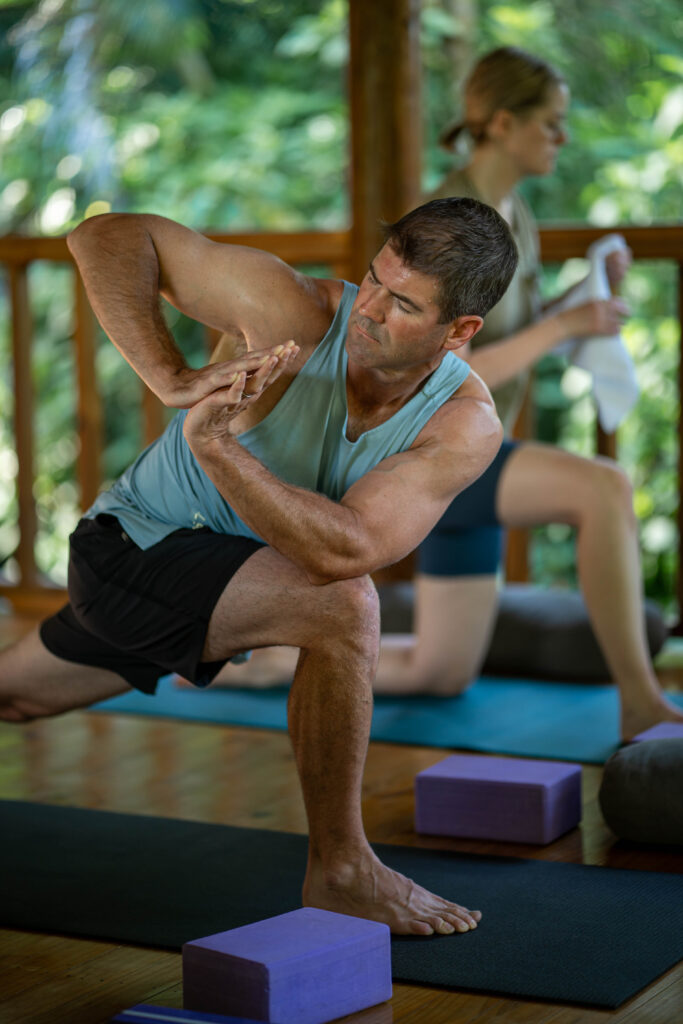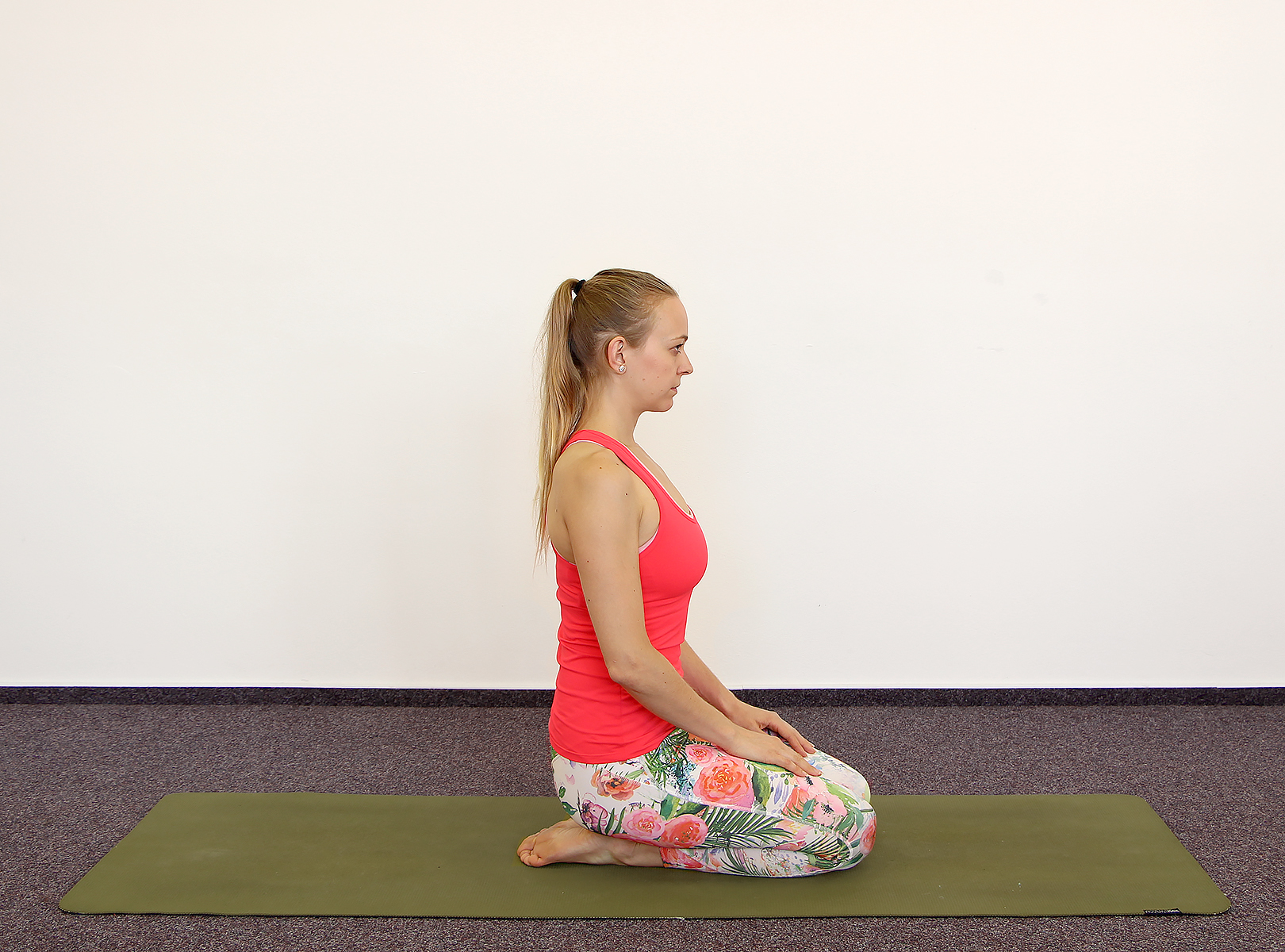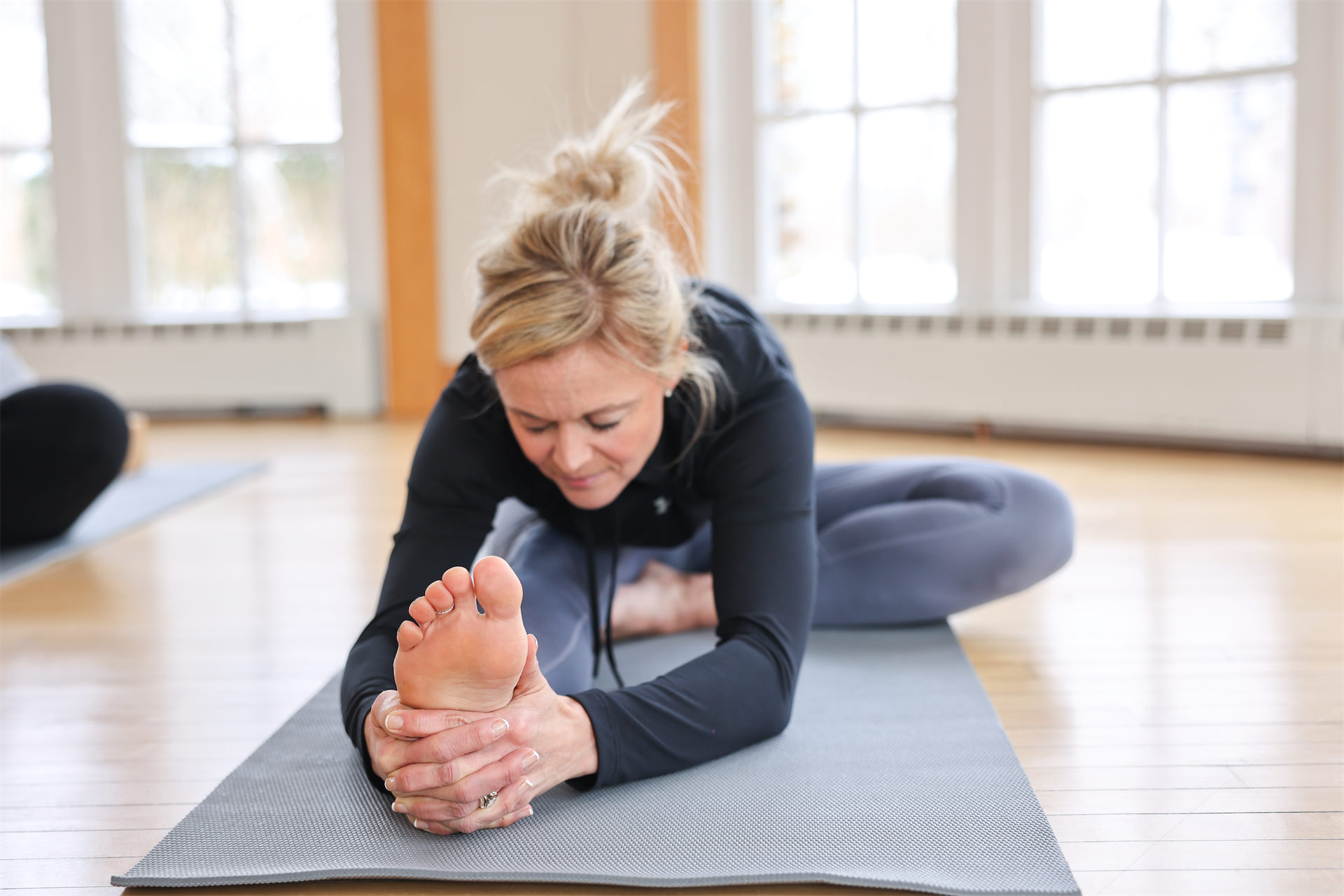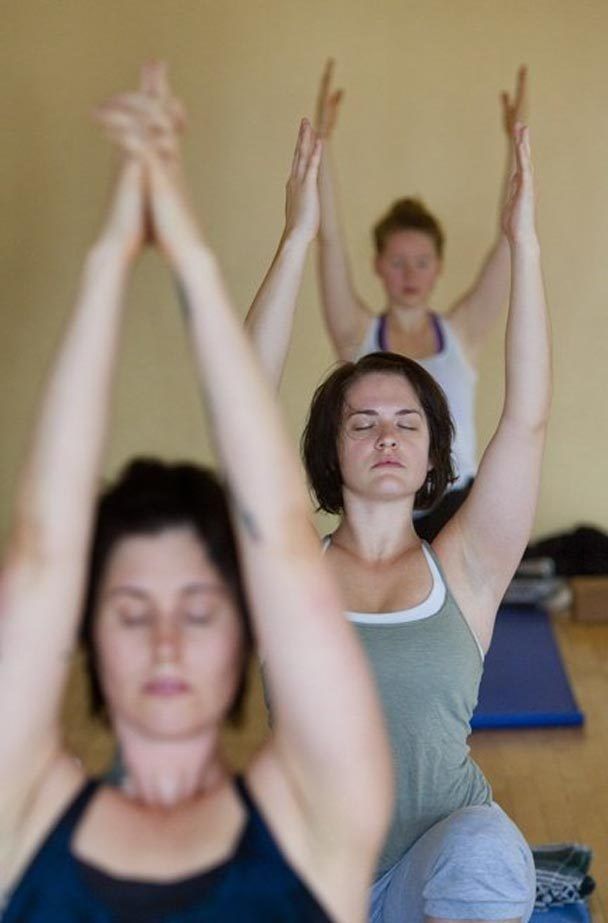The field of yoga instruction has grown exponentially in recent years, with more people seeking the mental and physical benefits of this ancient practice. Yoga instructors, therefore, play a critical role in guiding practitioners through their journeys. However, one of the most common questions aspiring yoga instructors have is about the financial aspects of the profession, specifically how much they can make per class. Consequently, understanding the various factors that impact a yoga instructor’s earnings can help set realistic expectations. Therefore, this comprehensive guide delves into different aspects related to yoga instructors’ earnings per class. By exploring the factors affecting wages, average rates, and additional income opportunities, you can gain a clearer picture of the financial landscape in yoga instruction.
Factors Affecting Yoga Instructor Earnings
Several factors can influence how much a yoga instructor makes per class. Understanding these variables helps set realistic financial expectations. Therefore, exploring the factors affecting earnings is crucial.

Location
Location is one of the most significant factors that influence a yoga instructor’s earnings. In places with a high cost of living, such as New York City, Los Angeles, or San Francisco, instructors can command higher rates per class. Conversely, in areas with a lower cost of living, the rates may be substantially lower. Urban areas also tend to have more competition, but they offer higher earning potential due to the higher demand for services. By understanding the impact of location, instructors can strategically select where to teach, maximizing their earning potential. Therefore, recognizing the importance of geographic factors is crucial.
Experience and Credentials
Experience and certifications significantly affect a yoga instructor’s earning potential. Instructors with advanced certifications, such as those from Yoga Alliance, and years of teaching experience generally command higher rates. Specialized training in styles like Ashtanga, Vinyasa, or Iyengar Yoga can also make an instructor more marketable. Furthermore, instructors recognized as experts or those with a strong following can charge premium rates for their classes. By understanding the value of experience and credentials, instructors can invest in their professional development to increase their earnings. Therefore, recognizing the importance of experience and credentials is essential.
Average Earnings per Class
The average earnings of a yoga instructor can vary based on several factors. Understanding the general salary range provides a clearer picture of income expectations. Therefore, exploring average earnings per class is crucial.
Studio Classes
Teaching at a yoga studio is a common pathway for many instructors. The pay for studio classes can range from $25 to $75 per hour-long session. In areas with high demand or premium studio environments, instructors may earn even higher rates. Some studios offer a base pay plus an additional amount based on class attendance, incentivizing instructors to attract more students. By understanding the earnings from studio classes, instructors can set realistic financial goals. Therefore, recognizing the standard rates for studio instruction is crucial.
Private Sessions
Private yoga sessions typically offer a higher earning potential compared to studio classes. One-on-one sessions allow for personalized instruction and undivided attention, justifying the higher fees. Private session rates can range from $50 to $150 per hour, depending on factors such as the instructor’s experience, location, and the client’s needs. High-profile clients or offering specialized therapeutic yoga sessions can further increase rates. By understanding the earning potential of private sessions, instructors can explore this lucrative avenue to boost their income. Therefore, recognizing the profitability of private instruction is essential.
Additional Income Opportunities
Beyond regular classes, there are various additional income opportunities for yoga instructors. Understanding these avenues can help diversify and increase overall earnings. Therefore, exploring additional income opportunities is crucial.
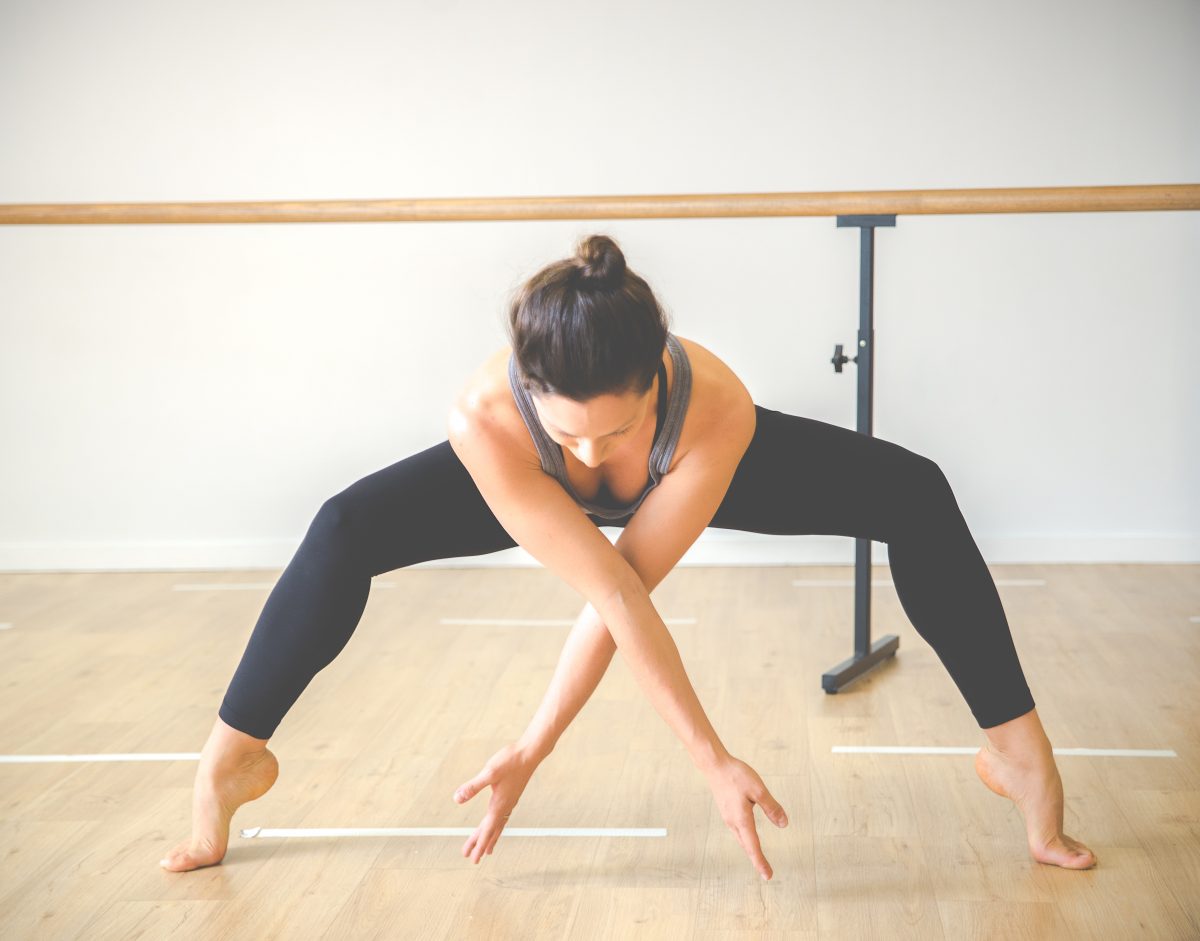
Workshops and Retreats
Workshops and retreats offer significant income opportunities for yoga instructors. Workshops are typically intensive sessions focusing on specific aspects of yoga practice, such as alignment, breathing techniques, or meditation. These sessions can command higher rates, often ranging from $30 to $100 per participant for a few hours of instruction. Yoga retreats, on the other hand, can offer even more substantial earnings. Retreats can last from a weekend to a week or more and often take place in exotic locations. Instructors can earn substantial fees, sometimes ranging from several hundred to several thousand dollars per retreat, depending on the number of participants and the pricing structure. By understanding the potential of workshops and retreats, instructors can significantly boost their overall income. Therefore, recognizing these opportunities is essential.
Online Classes
The global pandemic has accelerated the shift towards online yoga instruction, creating new income streams for instructors. Online platforms like Zoom, YouTube, and specialized yoga websites allow instructors to reach a broader audience. Instructors can offer live streaming classes, on-demand videos, or subscription-based services. Earnings from online classes can vary widely, but instructors often charge between $10 to $30 per class. Additionally, platforms like Patreon allow for monthly support from subscribers, providing a more stable income. By understanding the potential of online classes, instructors can tap into a global market and diversify their income. Therefore, recognizing the impact of digital platforms is crucial.
Tips for Maximizing Earnings
There are several strategies yoga instructors can employ to maximize their earnings. Understanding these tips helps instructors optimize their income potential. Therefore, exploring tips for maximizing earnings is essential.
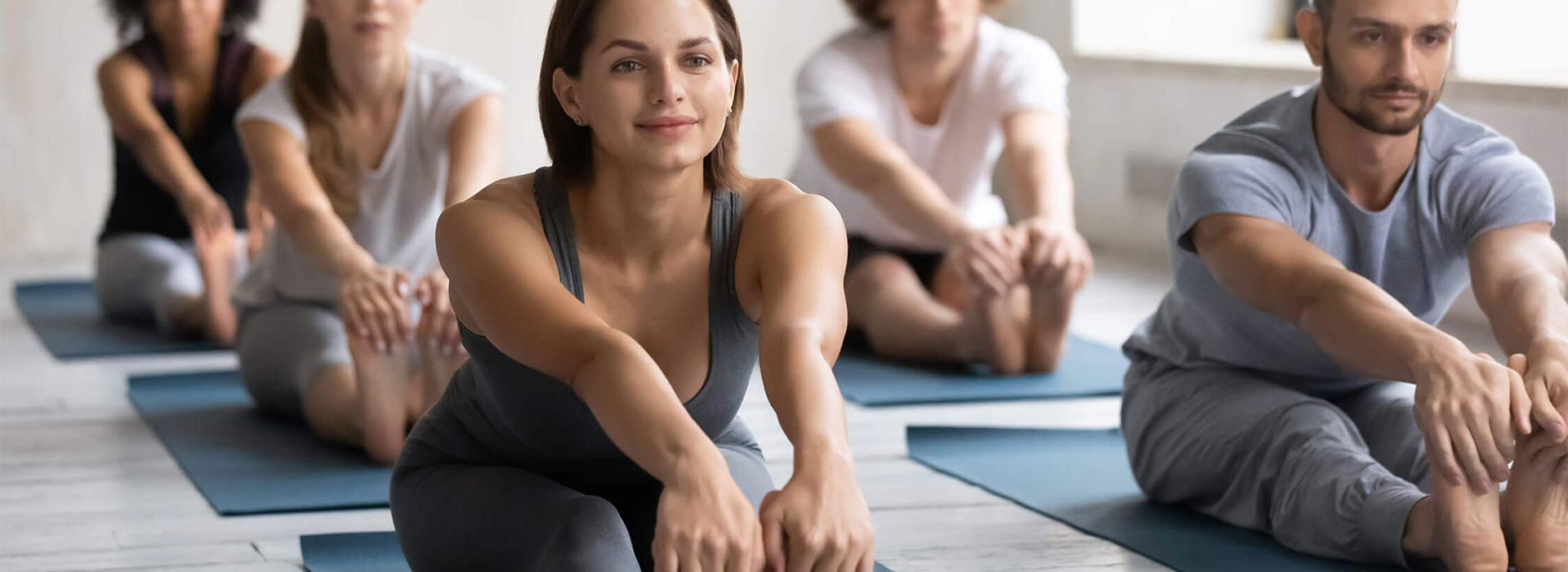
Building a Strong Client Base
Building a strong and loyal client base is essential for maximizing earnings. Having a dedicated following allows instructors to charge higher rates and ensures more consistent attendance. Offering high-quality, personalized instruction and building strong relationships with clients can lead to word-of-mouth referrals. Utilizing social media and other marketing channels to engage with clients and attract new ones is also crucial. By focusing on client retention and engagement, instructors can ensure steady income and potential growth. Therefore, recognizing the importance of a strong client base is crucial.
Diversifying Offerings
Diversifying the offerings can significantly boost a yoga instructor’s income. Instead of relying solely on regular classes, instructors can explore various teaching formats, such as workshops, retreats, and online courses. Offering specialized classes, such as prenatal yoga, restorative yoga, or yoga therapy, can also attract niche markets willing to pay premium rates. By expanding the range of services, instructors can tap into multiple revenue streams and mitigate the risks associated with market fluctuations. Therefore, recognizing the value of diversification is essential.
Common Questions About Yoga Instructor Earnings
Understanding common questions about yoga instructor earnings provides clarity and addresses potential concerns. Knowledge of these answers ensures better comprehension and realistic income expectations. Therefore, exploring common questions is essential.
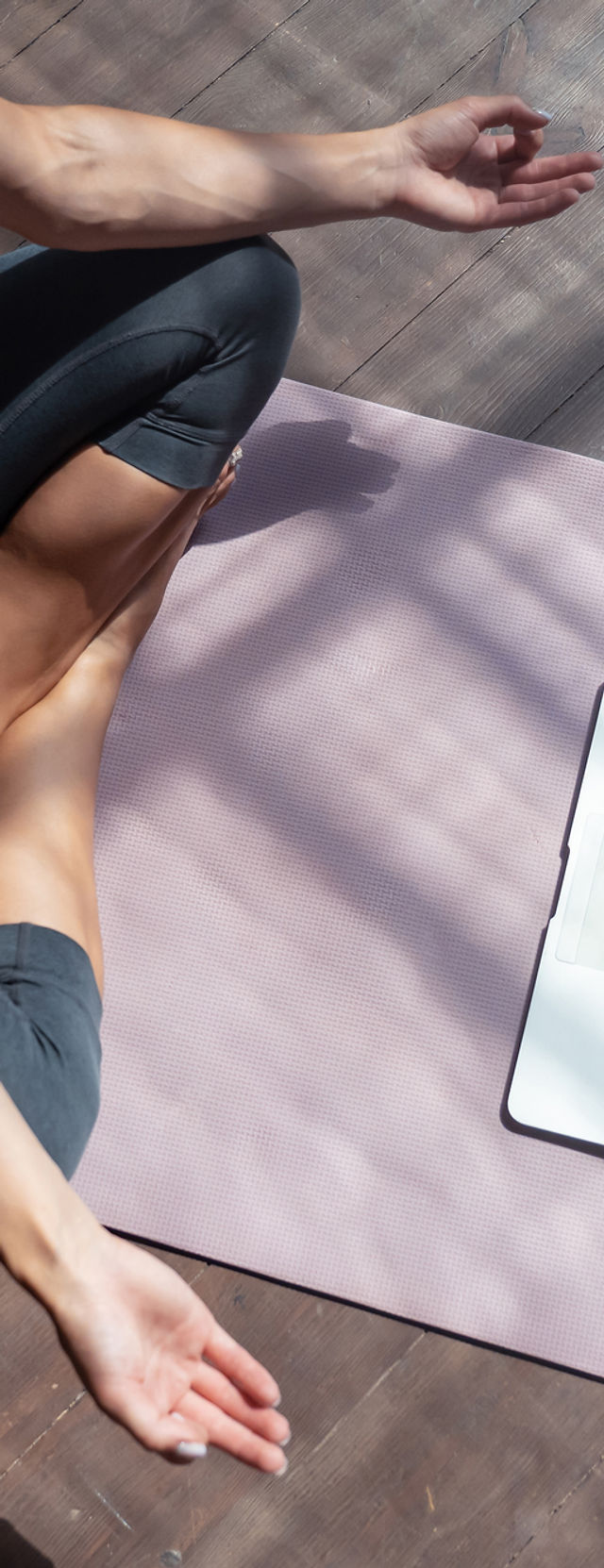
Do Yoga Instructors Get Paid for Preparation Time?
In most cases, yoga instructors are not directly paid for preparation time, which includes planning the class, creating sequences, and setting up the studio. However, experienced instructors can negotiate higher rates that factor in preparation time. Additionally, offering specialized classes and building a loyal client base can justify premium rates, indirectly compensating for preparation efforts. By understanding compensation structures, instructors can better negotiate and optimize their rates. Therefore, recognizing the importance of preparation time in earnings is crucial.
How Can New Instructors Increase Their Rates?
New instructors can gradually increase their rates by gaining experience, obtaining advanced certifications, and building a strong client base. Offering specialized classes and consistently delivering high-quality instruction can justify higher rates over time. Networking with other instructors, participating in workshops, and attending conferences can also enhance professional growth and credibility. By understanding the pathway to higher rates, new instructors can strategically position themselves for increased earnings. Therefore, recognizing these strategies is essential.
Addressing Common Misconceptions
Addressing common misconceptions about yoga instructor earnings provides accurate information and dispels unwarranted concerns. Clearing up these misunderstandings ensures informed opinions and realistic expectations. Therefore, exploring common misconceptions is important.
Misconception: Yoga Instructors Always Earn a Fixed Amount
A common misconception is that yoga instructors always earn a fixed amount per class. In reality, earnings can vary widely based on factors such as location, experience, and class type. Studio policies, class attendance, and additional income opportunities also influence overall earnings. By understanding the variable nature of yoga instructor earnings, aspiring instructors can set more realistic financial goals. Therefore, dispelling this misconception highlights the importance of understanding diverse income factors.
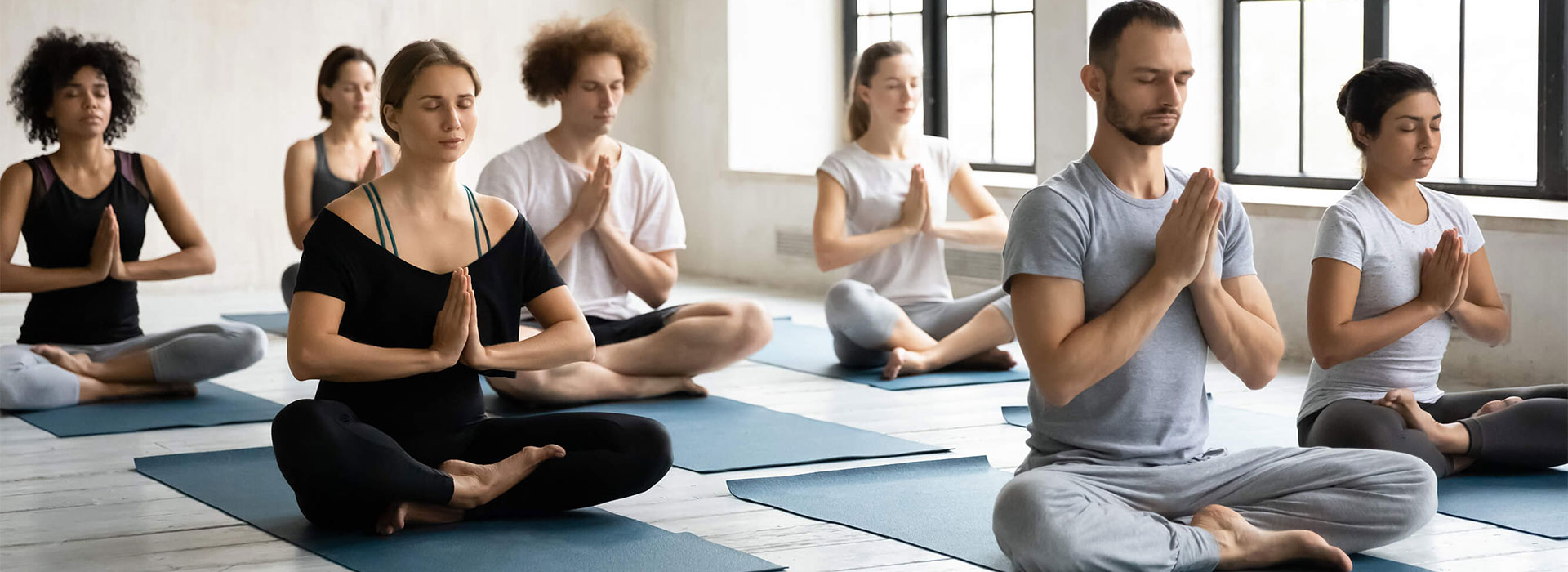
Misconception: All Yoga Instructors Earn a High Income
Another misconception is that all yoga instructors earn a high income due to the growing popularity of yoga. While some experienced and well-known instructors can command premium rates, many instructors earn modest amounts, especially when starting. Location, competition, and teaching frequency significantly impact income levels. By understanding the varying earning potential, aspiring instructors can approach the profession with realistic financial expectations. Therefore, dispelling this myth emphasizes the importance of gradual growth.
Conclusion: Navigating Yoga Instructor Earnings
Earnings for yoga instructors can vary widely based on several factors, including location, experience, and class type. Proper preparation, including understanding the factors affecting earnings, sets the foundation for realistic financial expectations.
Exploring average rates for studio classes and private sessions provides insight into potential income. Additional income opportunities, such as workshops, retreats, and online classes, offer avenues for diversifying and increasing overall earnings.
Implementing strategies to build a strong client base and diversify offerings can maximize earning potential. Addressing common questions and misconceptions provides clarity and realistic expectations.
By embracing these aspects, aspiring yoga instructors can navigate the financial landscape of the profession more effectively, ensuring a rewarding and sustainable career.
Therefore, whether you are a new instructor or an experienced professional, understanding the various factors influencing earnings will help you optimize your income potential. Enjoy the journey of teaching yoga, knowing you have the tools and knowledge to navigate the financial aspects of this fulfilling profession!
